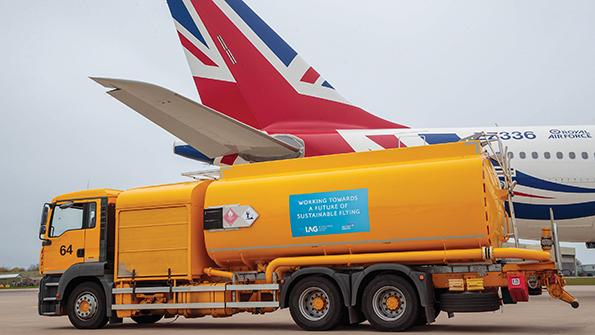2024 ATW Eco-Airline Of The Year: International Airlines Group

The 2024 ATW Eco-Airline of the Year is International Airlines Group.
Credit: British Airways
The imperative to ensure the world’s air transport system remains a leader in sustainability has never been clearer. This industry has united behind a global commitment to be carbon net-zero by 2050. It’s a tough challenge that requires the participation, innovation and investment of major players...
2024 ATW Eco-Airline Of The Year: International Airlines Group is part of our Air Transport World subscription.
Subscribe now to read this content, plus receive full coverage of what's next in air transport from the experts trusted by the global air transport community. Every article focuses on what airline management professionals need to run their airline, including crucial analysis and insights in financing, airframes and engines, environmental and regulatory pressures and much more.
Already a subscriber to ATW or an AWIN customer? Log in with your existing email and password.




